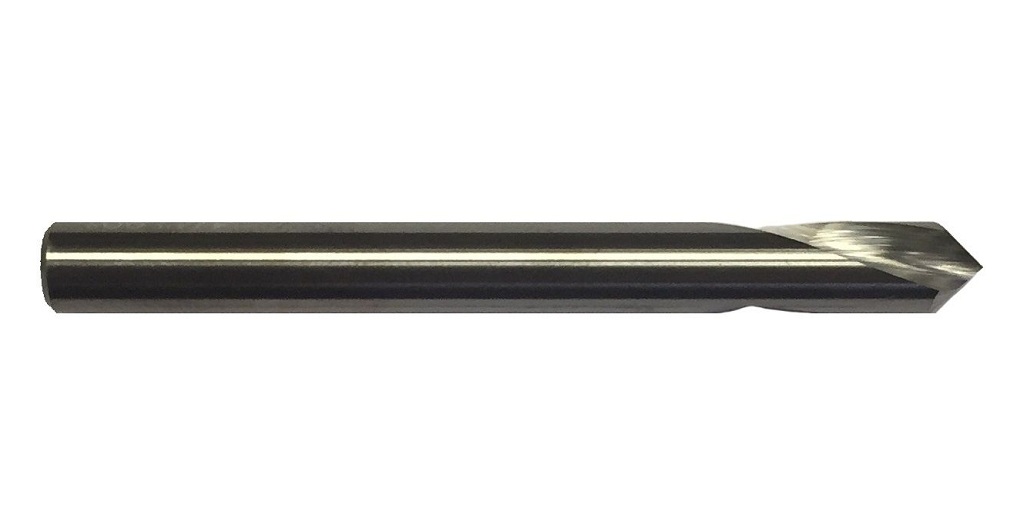Despite the great strides the manufacturing industry has taken, especially in the subtractive part machining front, there are still tasks that need the application of sheer brute force. Today, end mills are applied for an incredibly varied array of tasks that include slotting, beveling, chamfering, finishing, engraving, and much more. However, when a project needs to create holes in a workpiece, many workshops are forced to reach for their old reliable twist drills.
Twist drills are the weapon of choice for hole-making because of their geometry, length, and tensile resistances. However, these properties also cause problems when plunging your tool into the workpiece. The longer the distance between the chank tank shank and the drill point, the higher the oscillatory forces caused by the tool spinning the less accurate a tool becomes.
When making holes into your parts, you want to make sure you stay true to print, especially if you are manufacturing pieces for industries that require a high degree of accuracy. This not only applies to aerospace and automotive applications but also to extremely precise equipment for the medical and high-tech industries.
Misaligned holes are extremely problematic and can cause workshops to waste a lot of material if the final product is not up to specs. CNC machining has brought higher levels of accuracy, allowing a computer to make all the calculations for us and plunge our tool right where it should. However, as mentioned before, longer twist drills and jobbers tend to introduce instability as oscillatory movements. Moreover, when the tool enters in contact with the surface it is met with counter forces that cause tool deflection and can make the tool “walk-off” completely missing the intended center.
The best way to prevent these problems is to use spot drills to create pilot holes on your piece. Spot drills are extremely short and rigid drill bits designed to create minute, cone-shaped notches on the surface of your piece as a way of marking the desired location of your holes. These holes also serve as guides so longer tools can easily follow their intended trajectory, effectively reducing the risk of driving your tools at a wrong angle.
The most common material used for spot drills is carbide. This is mainly because carbide is a lot more rigid than steel-based tools, dramatically reducing oscillatory forces and increasing precision. This gives your machine a fighting chance of staying true to print.
Carbide spot drills are also harder and more durable. This means they can be driven at higher speeds and into hardened materials such as non-ferrous alloys, allowing your operation to reliably create pilot holes without experiencing tool fatigue.
The only word of caution we offer for those working with spot drills is to make sure the point angle is equal to or wider than that of your twist drill. The reason is that narrower angles will create extremely localized contact points for your twist drill, potentially causing aggressive deflection and putting a lot of stress on localized areas of your drill, drastically accelerating tool wear or causing catastrophic tool failure. But this is all easily avoided by using spot drills that have a wider point than your twist drill.
If you want to find high-quality solid carbide spot drills, visit Online Carbide today. They not only manufacture incredibly durable carbide cutting tools. They offer spot drills with 90° and 120° angles to have you covered in most scenarios where you need extra precise hole-making. They offer incredible prices and great deals on large orders, giving workshops the opportunities to get great tools at manufacturer-direct prices. Contact them at sales@onlinecarbide.com.
For more information about Carbide Thread Mill Npt and Solid Carbide End Mills For Sale Please visit: Online Carbide.
Hi, I am Adam Smith, Admin Of TechSketcher, Creative blogger and Digital Marketer.
